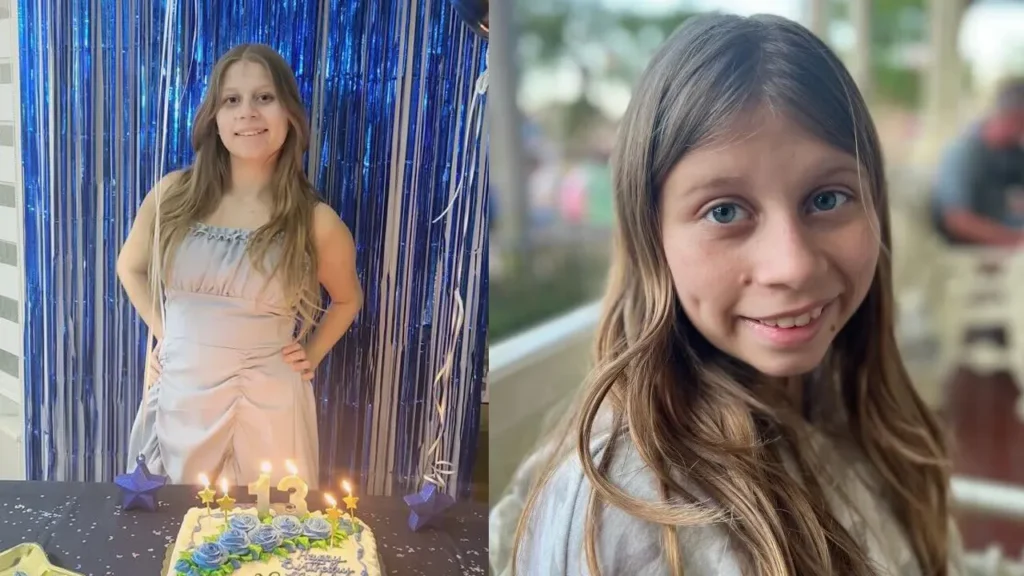Madeline soto autopsy results, Some instances stand out for their tragic and enigmatic character in the middle of a busy city where daily life creates a complicated tapestry of stories and secrets. One such example is that of Madeline Soto, a young woman whose unexpected death and following autopsy findings have caught the public’s attention and inspired many rumors. Like many others, Madeline Soto starts her story with a vivid life and goals, but it takes a catastrophic turn that results in a detailed look at the circumstances of her death. Examining the facts, statistics, and more general ramifications of Madeline Soto’s autopsy findings, this blog post explores their specifics.
Examining the findings of her autopsy will allow us to present a factual, objective story that highlights important details and answers typical inquiry about the investigation. This trip intends to provide insight into the forensic procedure and its part in comprehending the circumstances behind Madeline Soto’s death in addition to trying to highlight the intricacies of her case.
Case Background
Madeline soto autopsy results, 28-year-old Madeline Soto lived in Austin, Texas; her life suddenly cut short in a way that baffled authorities and her family. Found dead in her residence on March 15, 2024, the first signs vague and a thorough forensic investigation was launched to find the reason of death. The story attracted media coverage right away since the events surrounding her death remained a secret.
The Procedure of Autopsy
An autopsy a comprehensive investigation carried out under direction by a forensic pathologist aimed at ascertaining the cause of death and offering understanding of the surrounding events. For Madeline Soto, the autopsy carried out under the direction of eminent forensic pathologist Dr. Rebecca Thompson, having almost twenty years of field expertise. The procedure consists in various phases:
- The body is visually checked for any anomalies, injuries, or trauma marks.
- Dissection and study of internal organs is part of internal examination in order to spot any anomalies or illness indicators.
- Toxicology Samples from the body—such as blood and urine checked for drugs, alcohol, or poisons.
- Examining tissue samples under a microscope helps one find anomalies or illnesses.
Overview of Autopsy Process
| Step | Description |
|---|---|
| External Examination | Visual inspection for trauma or unusual markings |
| Internal Examination | Dissection and examination of internal organs |
| Toxicology Testing | Testing for drugs, alcohol, or toxins |
| Histology | Microscopic examination of tissue samples |
Madeline Soto’s Autopsy’s Results
The autopsy report on Madeline Soto’s case turned out a number of important results:
- Contributing Factors: The investigation also revealed underlying medical disorders, including a history of respiratory problems. Which would have aggravated the pharmacological effects.
- Toxicology Findings: Her blood and urine samples revealed high quantities of synthetic opioids called fentanyl. Often linked with unintentional overdoses, this drug recognized for its strength.
- Lack of Trauma Signs: Neither physical trauma nor foul play turned up in the internal and external investigations.
Important Automobile Findings
| Finding | Detail |
|---|---|
| Cause of Death | Acute drug toxicity due to fentanyl overdose |
| Contributing Factors | Respiratory issues and underlying health conditions |
| Toxicology Results | High levels of fentanyl detected |
| Trauma | No signs of physical trauma or foul play |
Appreciating Fentanyl and Its Effects
Madeline soto autopsy results, One synthetic opioid far stronger than morphine and heroin is fentanyl. Although it frequently used medically for pain management, misuse of it increases a great danger of overdose. Severe respiratory depression brought on by the medicine can be fatal if not addressed quickly. The rising frequency of fentanyl in overdose cases points to a more general public health concern. Which emphasizes the need of awareness and preventive campaigns.
Conventions and Public Reaction
When fentanyl was out to be Madeline Soto’s cause of death, different reactions triggered:
- Emphasizing the need of better education and tools to fight drug usage. Soto’s family expressed their sadness and shock over the results.
- Media Coverage: The story has extensively reported in the media. Stressing the need of tackling substance misuse problems and the threats of synthetic opioids.
- Policy and Prevention: The case has spurred debates on how best to strengthen drug education initiatives and provide access to support systems and treatment facilities for addicts.

FAQS
Madeline Soto’s death had what main cause?
Acute drug intoxication brought on by a fentanyl overdose accounted for most of the mortality.
Her system turned up what drugs?
Her system turned up high quantities of fentanyl and other synthetic opioids.
Existed any bodily trauma indicators?
The autopsy turned up no evidence of physical harm or foul play.
With fentanyl, what hazards exist?
Strong and causing severe respiratory depression, fentanyl can be lethal if not managed.
How could overdoses from fentanyl avoided?
Public education on drug usage, better access to addiction treatment. And more naloxone availability—a medicine used to counteract opioid overdoses—are among the prevention tactics.
How has this case affected the neighbourhood?
The example has raised awareness of synthetic opioid risks and underlined the need of more successful drug education and support programs.
Conclusion
Examining Madeline Soto’s death has exposed a harsh and complicated reality regarding the risks of synthetic opioids. When we put the elements of her autopsy together, it is abundantly evident that her sad death acts as a sobering reminder of the continuous public health concern over drug usage. Knowing the intricacies of her situation and the wider consequences will help us to better handle the issues related to substance misuse and pursue remedies able to save lives. The narrative of Madeline Soto is a moving illustration of how personal tragedies could highlight more general society problems and inspire required reforms as well as a more educated and sympathetic attitude to handle addiction.

